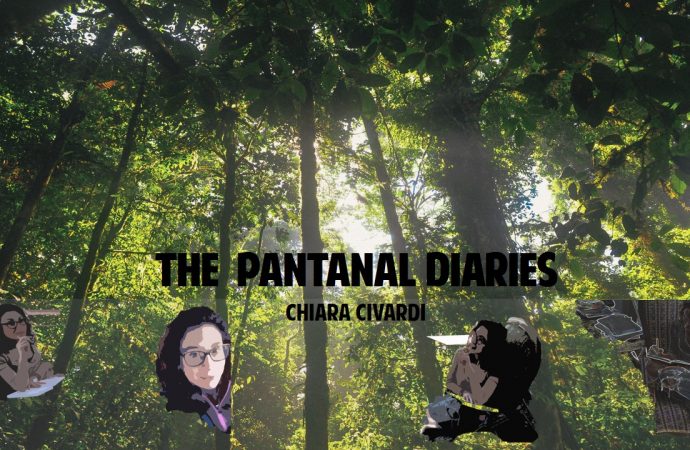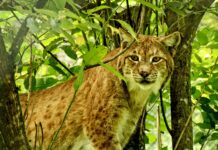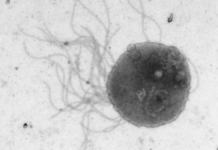After getting settled into Brazilian Pantanal and facing the challenges of hard fieldwork, Chiara experiences the thrill of archaeological discoveries.
Volunteering at WCS (Wildlife Conservation Society) Brazil does not solely mean doing fieldwork in the Pantanal and Cerrado regions. It’s much more than that: not only you get the chance to interact with wild animals, but with people too, both from our century and from past ones. What happens when wildlife conservation, community outreach and archaeology mix in the same melting pot? That’s what I experienced in the past days.
A taste of archaeology
We had been driving our beloved pick-up truck for hours, all across Colorado. No, we did not get to the United States. Colorado is an immense ranch in the municipality of Corguinho and its owner allowed WCS to conduct fieldwork there, i.e. setting cameras and cages. The area seems to be remote and, apart from a few fences here and there, free from colonization. But someone was there before us, hiding in the caves around. While we stumbled upon a puma footprint, we spotted some other tracks: human ones. The caves were entirely covered by paintings. Beware: not graffiti, ancient paintings.
I have to admit I indulged imagining myself like a modern Indiana Jones, walking in the forest with my hiking shoes, the flashlight and a Swiss knife in my pocket. Then I remembered Indiana Jones is the nightmare of any good archaeologist and felt the urgent need to tell everyone not to touch anything. One of my colleagues explained me that some archaeologists already managed to do a preliminary survey of the area. The rock paintings depict different animals and human beings and are mainly made with a red pigment. These features are typical of the Planalto tradition and can be found in different regions of Brazil, like Paraná, Mato Grosso, Mato Grosso do Sul (where we are), Goiás, São Paulo, Minas Gerais, and Bahia.
Unfortunately, the archaeologists couldn’t further study the site and gather more information on our ancestors from Corguinho. The Wildlife conservation work must go on, so we left the caves. Our minds were still wondering about these ancient civilizations as we got back on the pick-up truck. But another kind of civilization was awaiting us. A much more recent one, whose members can orally communicate with us: the community of Taboco.
Celebrating Earth’s Day
On April 22nd the World celebrated the Earth Day. WCS couldn’t miss the opportunity to organize an event and engage the Taboco community in environmental issues.
All our free time was filled with the organization and promotion of the Festival Amigos da Terra (‘Friends of the Earth Festival’), at schools and at the assentamentos. Assentamentos are the result of a Brazilian agrarian reform, during which the government reassigned governmental land’s property rights to underprivileged families.
After putting so much effort into its preparation, it was great to see everyone from Taboco at the Festival on the 24th of April. After a small marathon, we planted trees and enjoyed a traditional Brazilian meal. While eating a tasty farofa, I met Maria and Pedro, two young kids curious to explore the world and craving to know more about my time at WCS. This is outreach, too. Work never ends, but it can be extremely pleasant. Later, the students from the local school performed a short play to promote sustainable farming.
In the evening, a group of students from Chatham University (Pittsburgh, US), who will be joining WCS for two weeks, arrived and even played a soccer match against the Taboco team. The WCS crew is getting bigger. What will our next adventure be?
Want to know more about the WCS and Chiara’s trip to Brazil? Read parts I, II and IV.
Sources:
Rodrigo Luiz Simas de Aguiar, & Keny Marques Lima (2012). A arte rupestre em cavernas da região noroeste de Mato Grosso do Sul discussões preliminares Espeleo-Tema, 23 (2)
Paschoal, B., Werneck, C., & Guillot, J. Student Paper Series.





